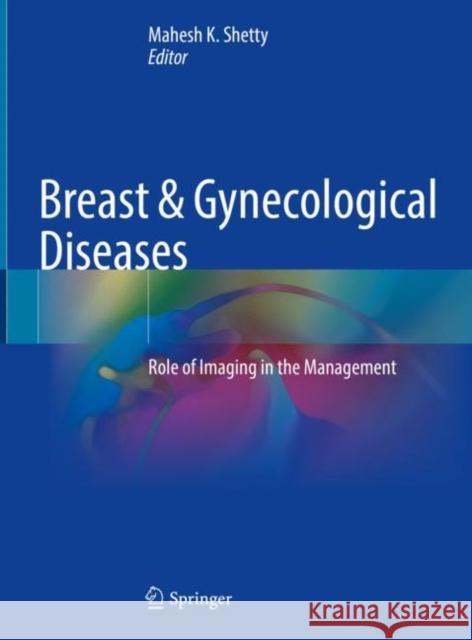Breast & Gynecological Diseases: Role of Imaging in the Management » książka
topmenu
Breast & Gynecological Diseases: Role of Imaging in the Management
ISBN-13: 9783030694753 / Angielski / Twarda / 2021 / 501 str.
Breast & Gynecological Diseases: Role of Imaging in the Management
ISBN-13: 9783030694753 / Angielski / Twarda / 2021 / 501 str.
cena 885,61
(netto: 843,44 VAT: 5%)
Najniższa cena z 30 dni: 848,19
(netto: 843,44 VAT: 5%)
Najniższa cena z 30 dni: 848,19
Termin realizacji zamówienia:
ok. 22 dni roboczych
Dostawa w 2026 r.
ok. 22 dni roboczych
Dostawa w 2026 r.
Darmowa dostawa!
Kategorie BISAC:
Wydawca:
Springer
Język:
Angielski
ISBN-13:
9783030694753
Rok wydania:
2021
Wydanie:
2021
Ilość stron:
501
Waga:
1.57 kg
Wymiary:
28.96 x 21.59 x 3.05
Oprawa:
Twarda
Wolumenów:
01











